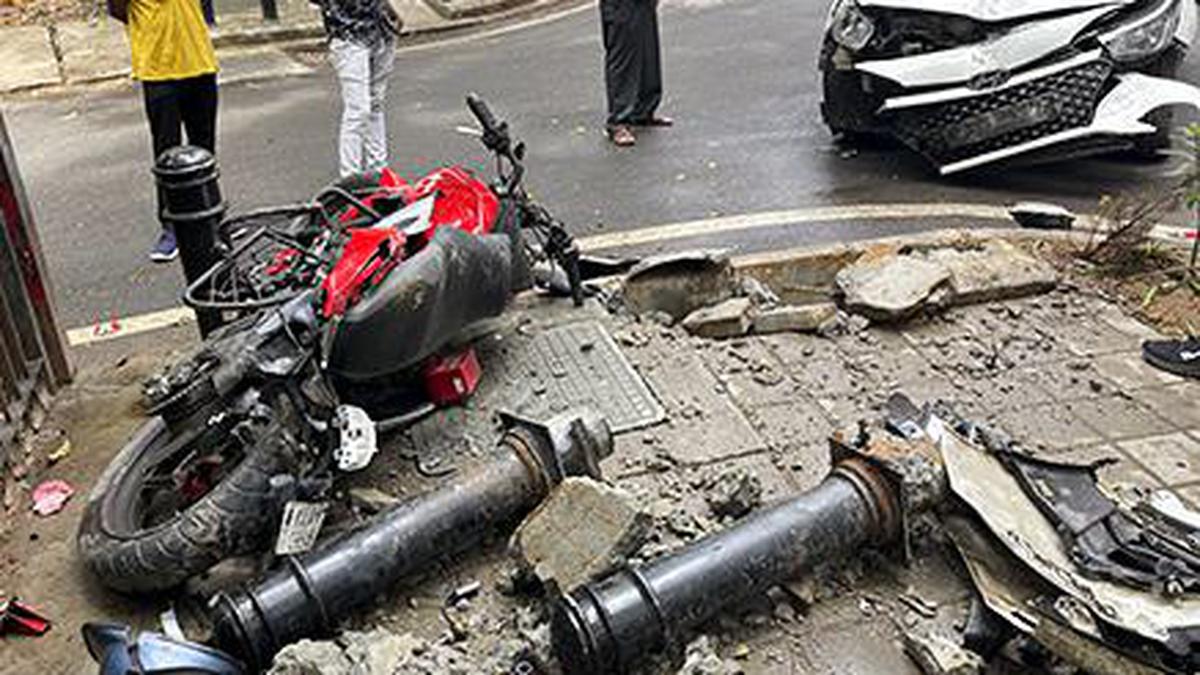
Bengaluru witnessed 429 fatal accidents in 2024, most at Devanahalli, followed by Kengeri
The Hindu
The city traffic police are working on implementing advanced technologies, such as AI, Big Data and IOT based solutions, to optimise traffic flow, reduce congestion and enhance safety.
Bengaluru has a population of 14 million people (1.4 crore), with a traffic density of 827 vehicles per 1,000 persons, which is the highest for any city in India. The vehicle to population ratio is 1:1, and it is growing exponentially.
“In 2024, Bengaluru witnessed 429 fatal accidents. Around 10% of the total fatalities were at Devanahalli due to the high speeds on the elevated corridor. This is followed by Kengeri due to the NICE Road,” said Joint Commissioner of Police (Traffic) M.N. Anucheth, while addressing a roads safety campaign organised by Bangalore Chamber of Industry and Commerce (BCIC) on March 12.
In 2023, among the 914 fatalities, 74% were people on two-wheelers while 21% were pedestrians. Alarmingly, 60% of those affected were aged 60 or above, he informed.
At the event, organised during National Safety Month 2024, he highlighted the various measures taken by the Bengaluru police to enhance traffic management, curb accidents, and bolster road safety across the city.
The city traffic police are working on implementing advanced technologies, such as AI, Big Data and IOT based solutions, to optimise traffic flow, reduce congestion and enhance safety.
Mr. Anucheth said that some of the major tech enhancements and initiatives that will be implemented, or are under implementation, are AI-based adaptive signals to reduce delay at junctions, AI-based enforcement, user-friendly digital platforms to report violations and check traffic updates, and collaboration with research and educational institutions for innovative solutions.
“Our primary goal is to understand the dynamics of congestion – its causes, locations, and mitigation strategies. To achieve this, we’ve developed ASTraM (Actionable Intelligence for Sustainable Traffic Management), a system that harnesses data from diverse sources to monitor congestion patterns.













